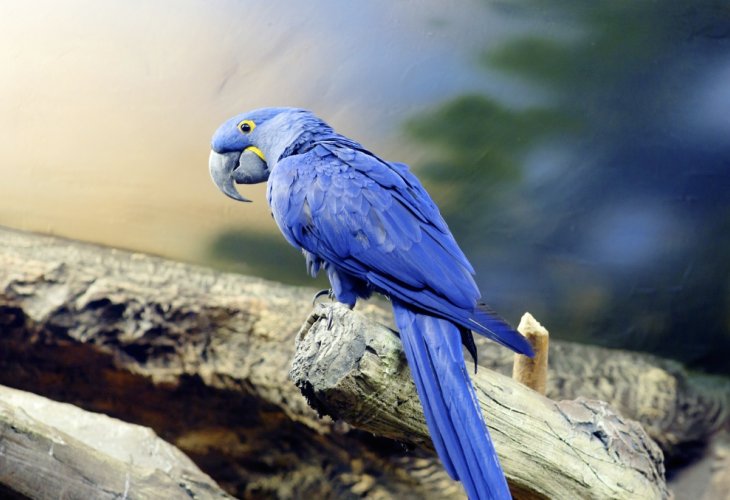Facts You Didn't Know
Surprising Things About Crocodiles, Bubbles, and Cheese
Discover fun facts about wild animals, mountain air, wave breakers, and how cheese and bubbles are made
 (Photo: shutterstock)
(Photo: shutterstock)• Did you know there's a crocodile with no predators?
The powerful Nile crocodile lives in Africa and on the island of Madagascar. Until the early 1900s, it also lived in Israel. This huge reptile can weigh up to a ton and grow to about 20 feet long. It doesn’t have any natural enemies and can hunt almost any nearby animal including people.
• Did you know how soap bubbles are formed?
When soap is added to water, it softens the water’s surface, making it flexible. So, when you blow into it, instead of breaking, the water stretches into the fun bubbles kids love to play with.
• Did you know about the snake that can swallow a human?
The reticulated python is the world’s longest snake. It isn’t venomous, but it can grow over 20 feet long and has even been found at longer lengths. While it usually stays away from people, it’s strong enough to swallow big animals and even humans.
• Did you know which is the largest parrot?
The biggest parrot in the world is the Hyacinth Macaw, also called the Blue Macaw. It can grow about 3 feet long and weigh around 3 pounds. These parrots are beautiful and friendly, but because people have hunted them for years, they’re now in danger of disappearing.
• Did you know why wave breakers are needed?
Wave breakers are walls built out in the sea to protect beaches and harbors. They stop big waves from crashing into the shore and causing damage.
• Did you know why it’s hard to breathe on a mountain?
The higher you go up a mountain, the less oxygen there is in the air. That’s why it’s harder to breathe at the top. In fact, oxygen levels can drop to only a third of what we have at sea level, so climbers often bring oxygen tanks.
• Did you know how cheese is made?
There are thousands of kinds of cheese in the world. In general, cheese is made by taking the protein and fat from milk and separating it from the water. This can be done in different ways by using acids, enzymes, or special bacteria.

